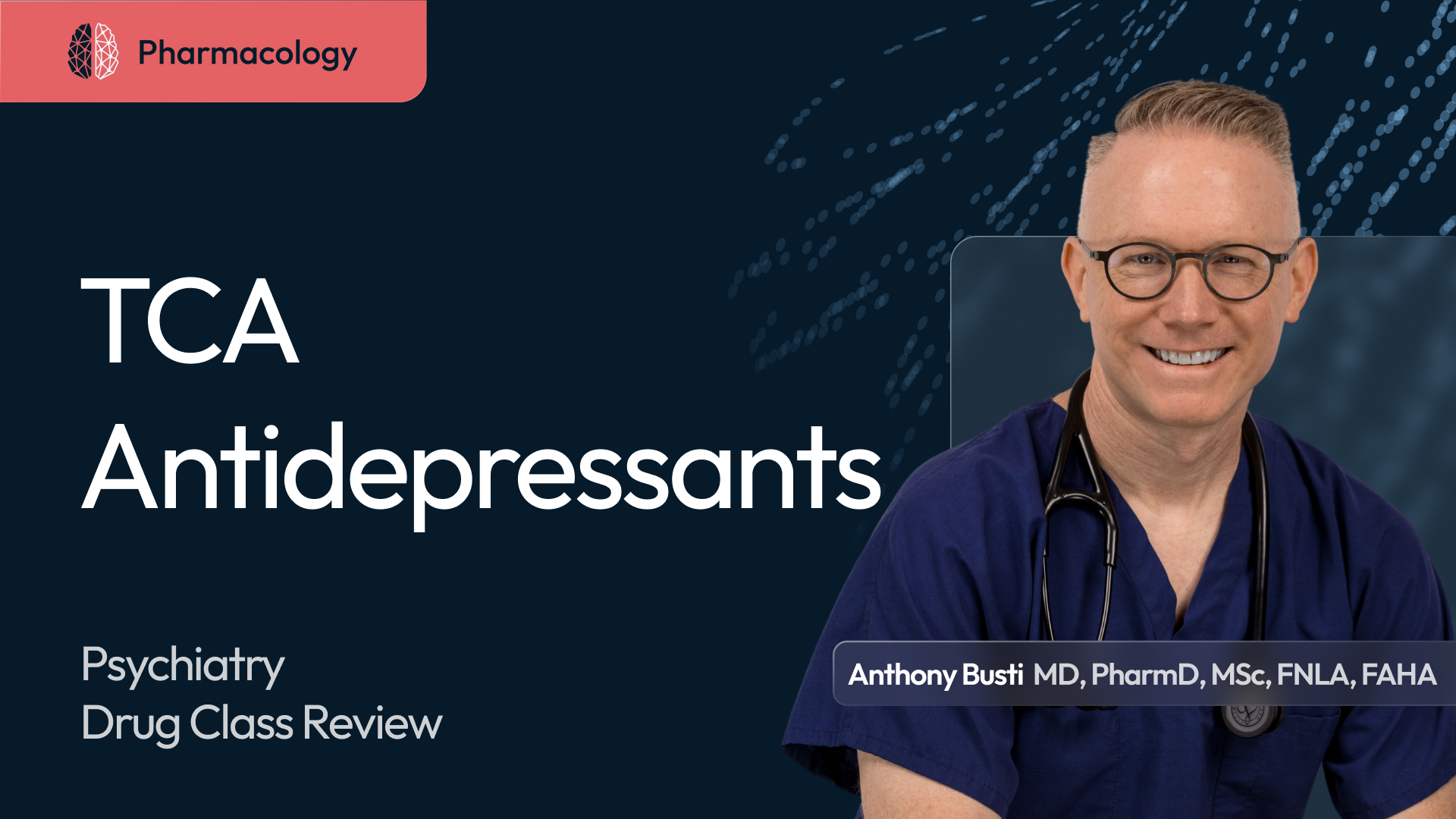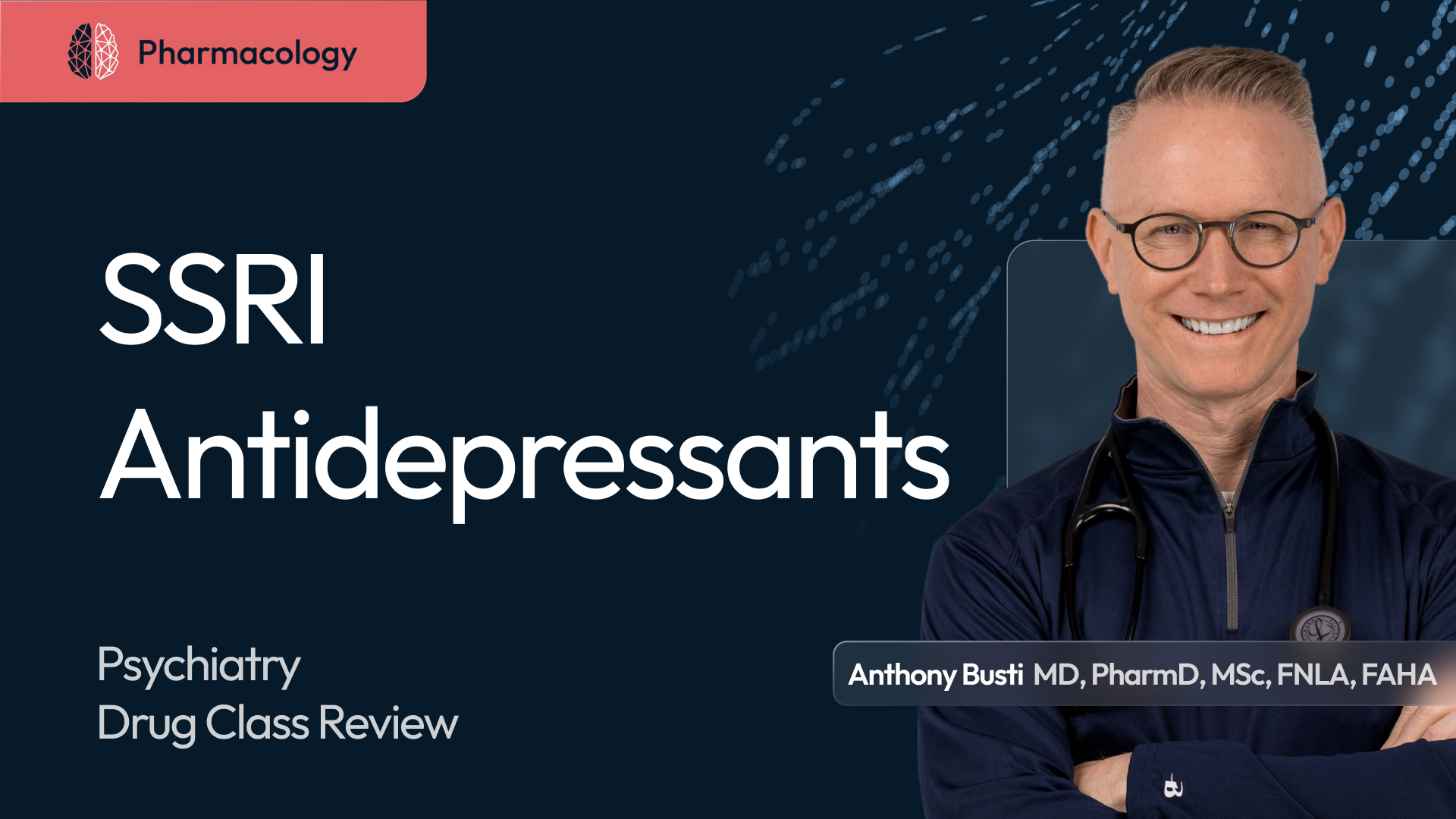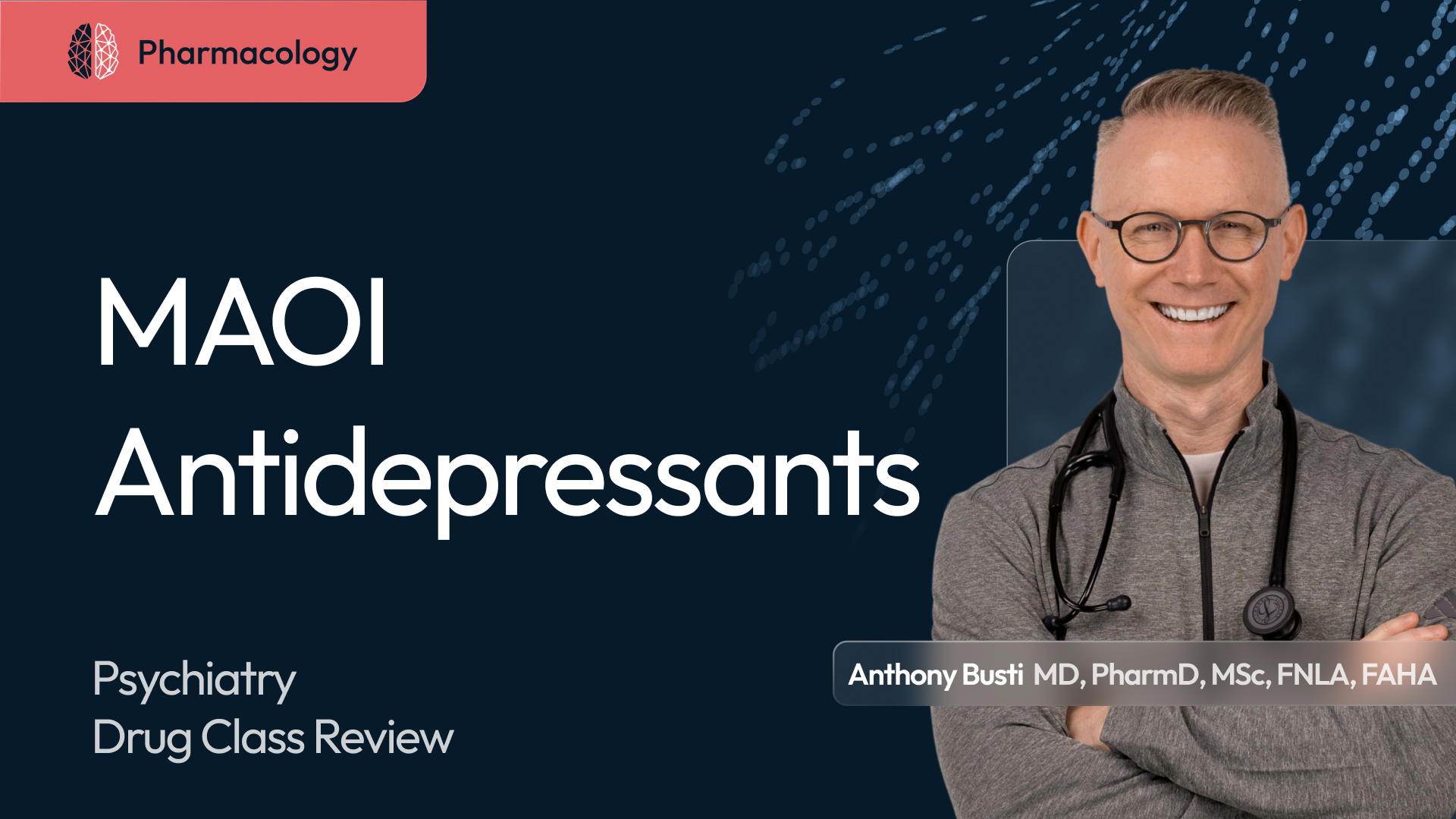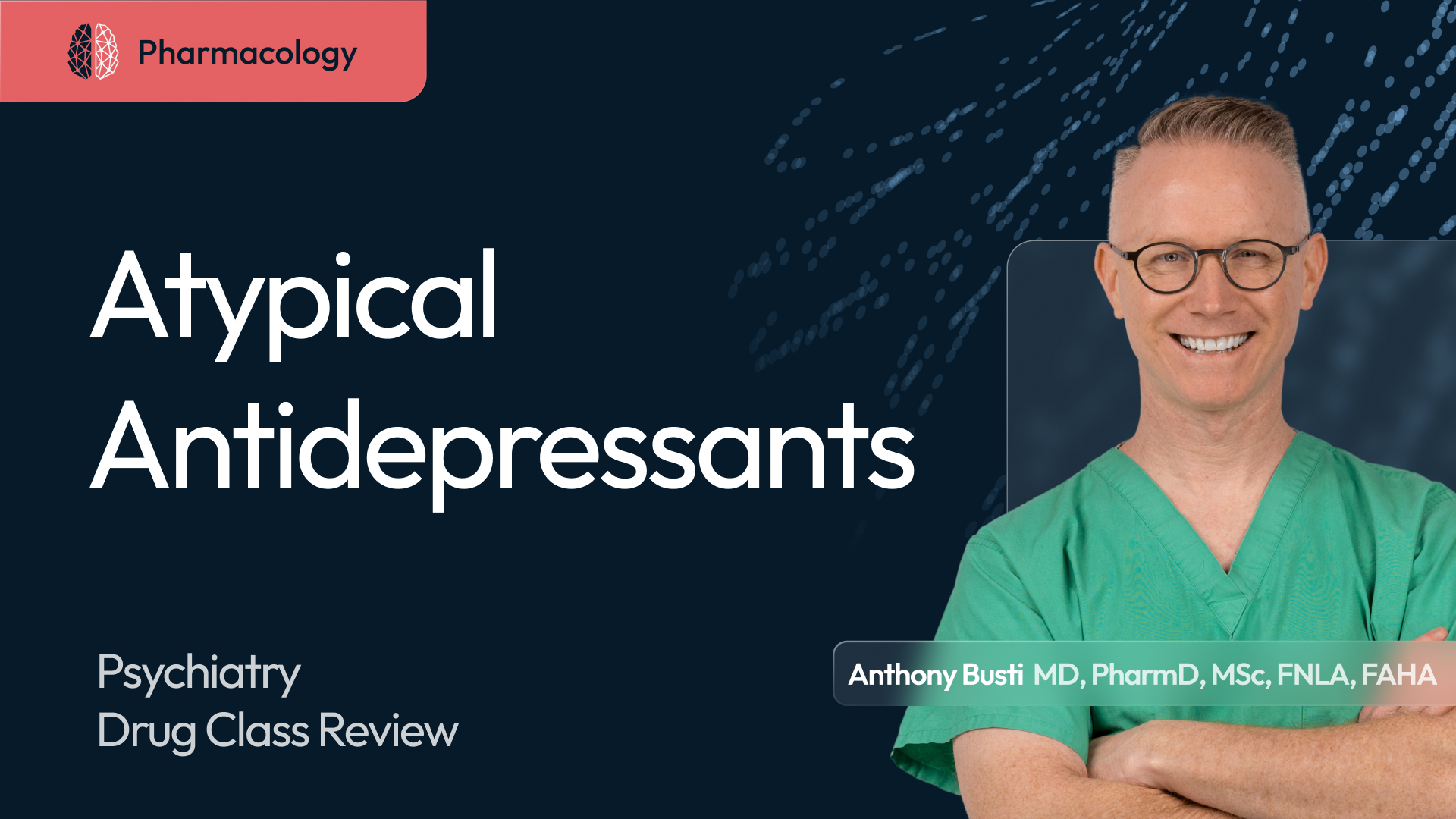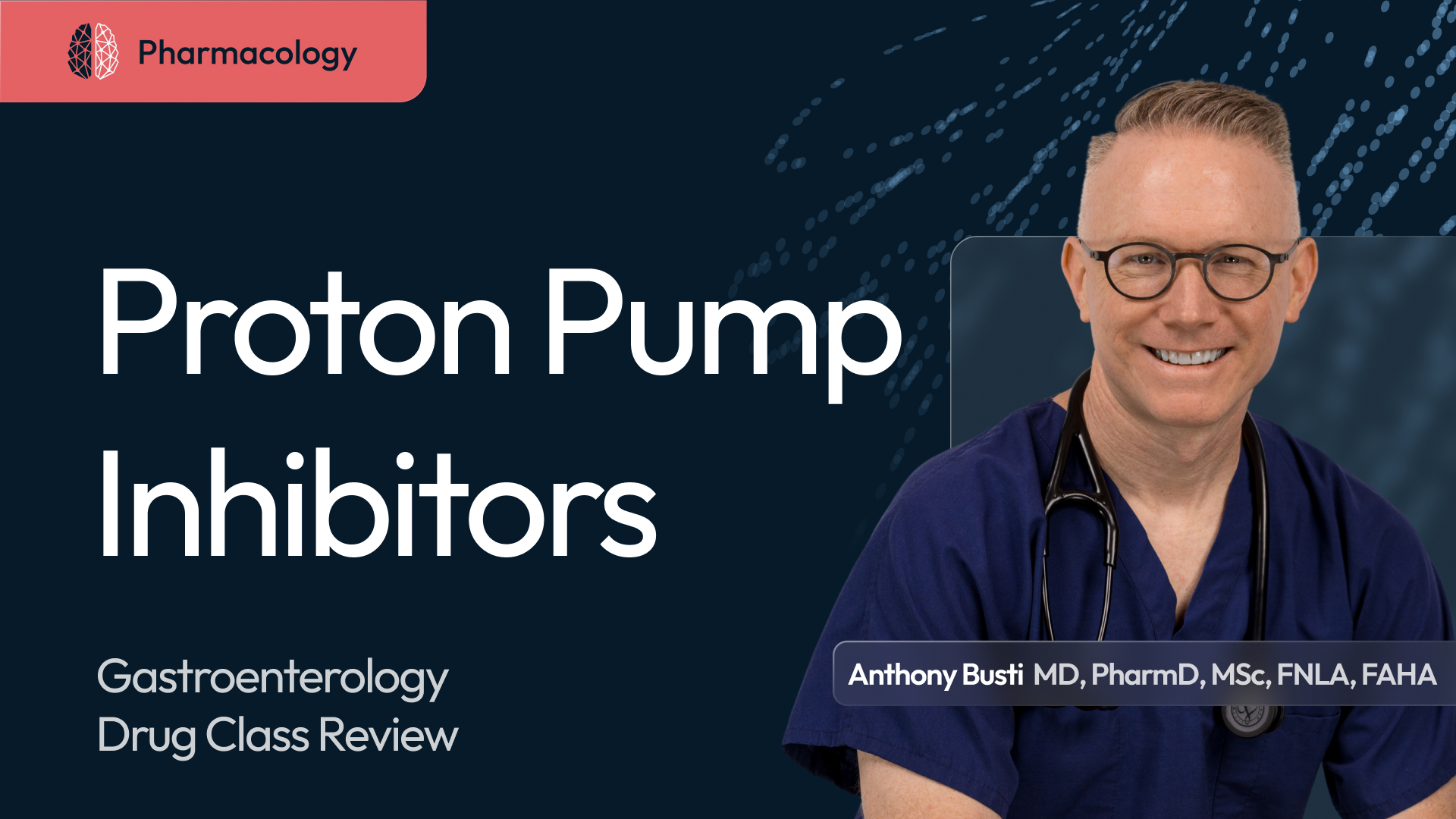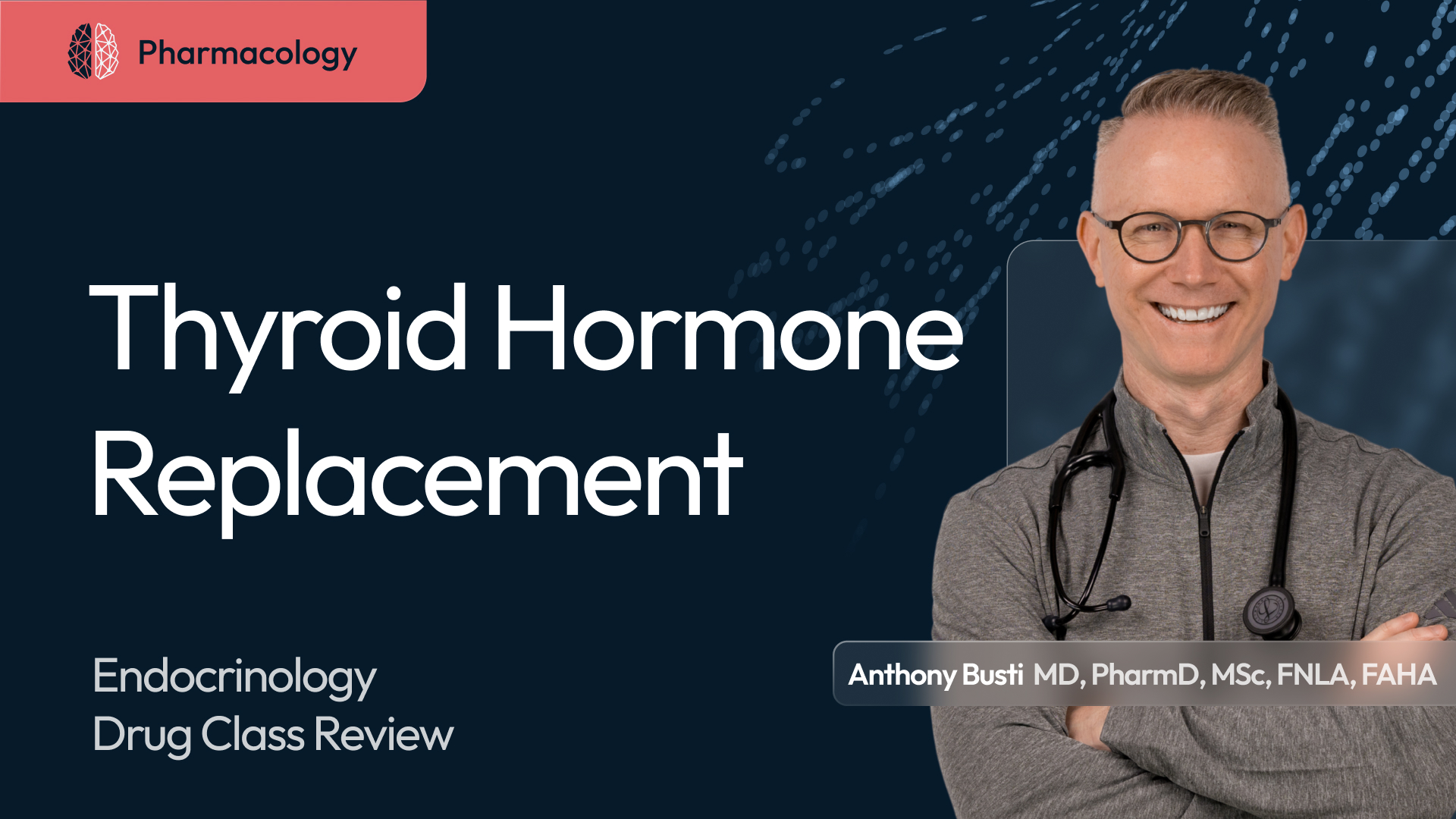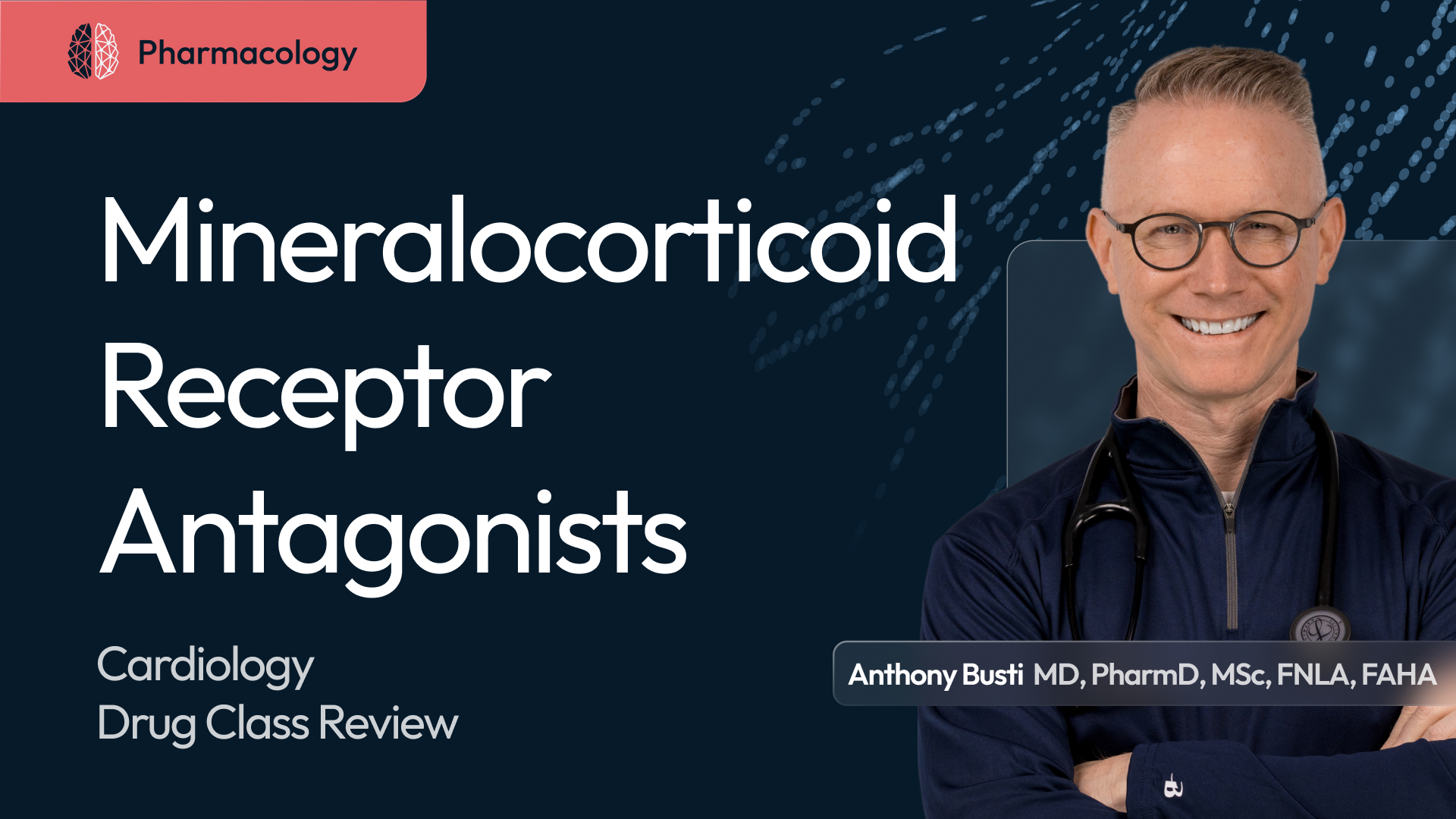Inhaled Corticosteroids: Pharmacology Made Easy & Clinically Relevant
Inhaled corticosteroids are critical to the proper treatment of asthma & certain patients with COPD. Mastering pharmacology brings to life the reasons why we use them and how to use them appropriately. Learn the why to master the how.

This episode reviews inhaled corticosteroids as essential anti-inflammatory therapy in obstructive lung disease. ICS remain first-line maintenance treatment for persistent asthma, reducing exacerbations, hospitalizations, and mortality. In COPD, their use is selective—mainly in moderate to severe disease with frequent exacerbations and eosinophils ≥100 cells/µL, often in combination with LABA/LAMA therapy.
ICS act by down-regulating inflammatory gene transcription, reducing arachidonic-acid mediators (leukotrienes, prostaglandins), airway edema, and mucus production while up-regulating β₂-receptors to improve bronchodilator response. They require consistent use, with onset in 1–2 weeks and full benefit by 4–8 weeks, making them controller—not rescue—medications.
The episode highlights key agents (beclomethasone, budesonide, ciclesonide, fluticasone, mometasone), dose-equivalence ranges, and device technique differences (MDI, DPI, nebulizer). Adverse effects include dysphonia, oropharyngeal candidiasis, and rare systemic absorption effects such as adrenal suppression or bone loss; proper inhalation technique and mouth rinsing help minimize risks.
Key Learning Points
- ICS are first-line for persistent asthma; foundational before other controllers.
- In COPD, benefit is limited to high-risk, eosinophilic patients.
- Mechanism: reduced PLA₂ activity and inflammatory mediators; increased β₂-receptor sensitivity.
- Onset ≈1–2 weeks; maximal effect in 4–8 weeks.
- Correct inhaler technique is critical for efficacy and safety.
- Rinse and spit after each dose to prevent thrush and voice changes.
- Monitor growth in children and bone health with long-term or high-dose use.
Disclaimer:
This content is for educational purposes only and is not intended to provide medical advice, diagnosis, or treatment. Always seek the advice of your physician or other qualified health provider regarding a medical condition.
Table of Contents
00:00 Introduction and clinical relevance
00:40 Role of ICS in asthma and COPD
01:35 Mechanism of action overview
02:20 Onset, timing, and treatment goals
03:00 ICS agents and dosing ranges
03:50 Inhaler devices and proper technique
04:45 Adverse effects and prevention
05:25 Monitoring and patient counseling
06:00 Summary and key takeaways
More than just access—it’s where understanding deepens.
Create a free account or log in to gain access to this content!

Dive Deeper
Bonus Video (ad free)
Downloads
Inhaled Corticosteroid Tables
Dive Deeper
Bonus Video
Downloads
Inhaled Corticosteroid Tables








